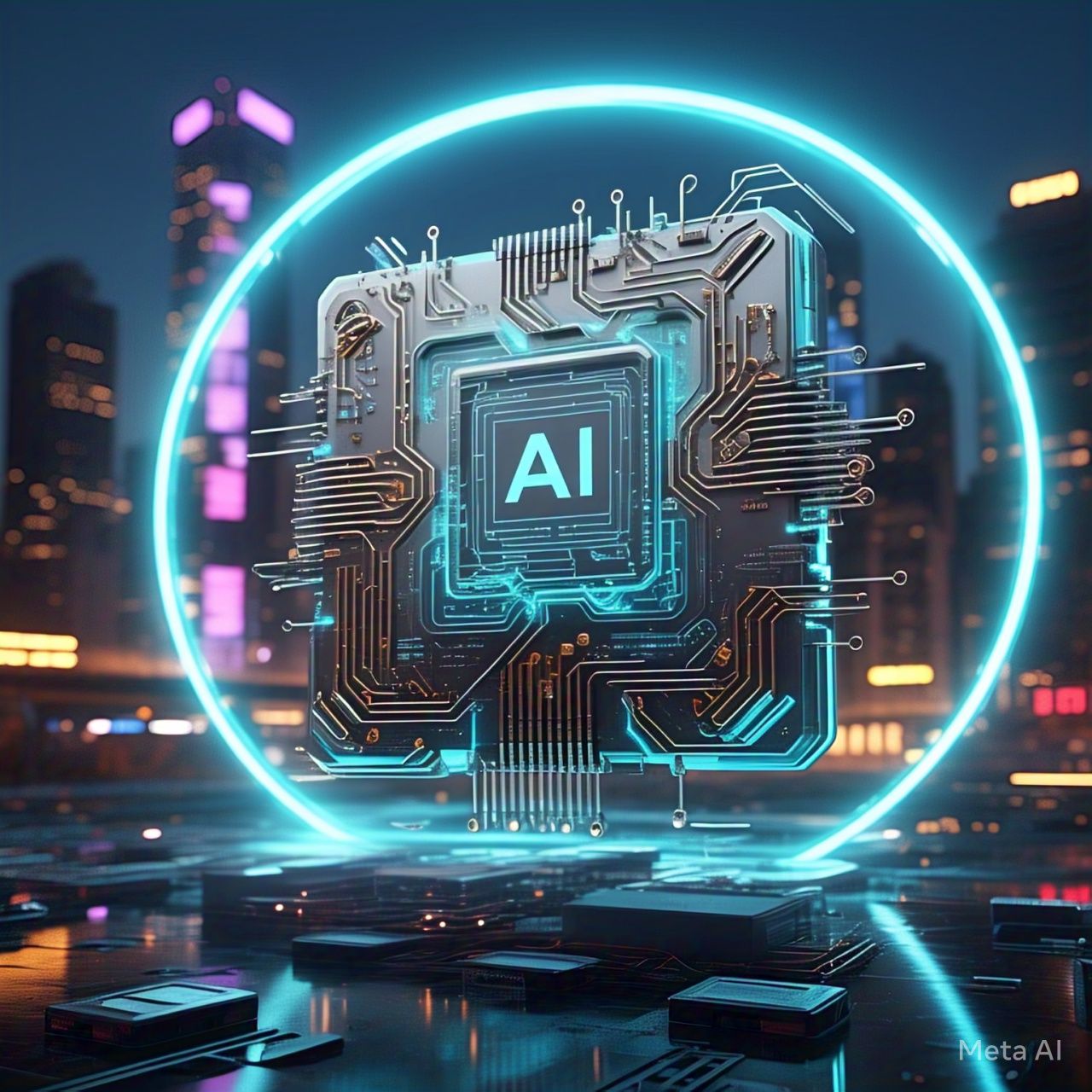Introduction
Artificial Intelligence (AI) is no longer just a software-driven phenomenon; it is now deeply embedded in hardware, thanks to AI-powered microchips. These specialized chips are revolutionizing computing, enabling faster, more efficient, and intelligent processing across industries. From powering smartphones to driving self-learning robots, AI microchips are reshaping the technological landscape.
What Are AI-Powered Microchips?
AI-powered microchips, also known as AI accelerators or neural processing units (NPUs), are designed to execute machine learning and deep learning tasks more efficiently than traditional processors. Unlike conventional central processing units (CPUs) and graphics processing units (GPUs), these chips are tailored for AI workloads, optimizing speed and power consumption.
Key Features of AI Microchips:
- High Computational Efficiency – Optimized for parallel processing, enhancing AI model execution.
- Lower Power Consumption – Energy-efficient architecture ideal for edge computing and IoT devices.
- Real-Time Processing – Enables instant data analysis and decision-making.
- Specialized AI Cores – Designed for deep learning, neural networks, and advanced analytics.
The Impact of AI-Powered Microchips on Computing
1. Enhancing AI Performance in Consumer Devices
AI-powered microchips are now integrated into smartphones, smart home devices, and wearables. Companies like Apple, Google, and Qualcomm have introduced AI processors in their latest devices to improve voice recognition, camera enhancements, and augmented reality experiences.
2. Accelerating Data Centers and Cloud Computing
Big tech giants like NVIDIA, Intel, and AMD are developing AI-focused microchips to handle large-scale data center workloads. These chips enhance AI-powered applications such as natural language processing, fraud detection, and autonomous computing in cloud environments.
3. Revolutionizing Autonomous Vehicles
Self-driving cars rely on AI-powered microchips to process vast amounts of sensor data in real time. Companies like Tesla, NVIDIA, and Qualcomm are pioneering AI chips that enable vehicles to navigate, detect objects, and make autonomous driving decisions safely and efficiently.
4. Transforming Healthcare and Biotechnology
AI chips are advancing medical imaging, drug discovery, and patient diagnostics. AI-driven microchips assist in detecting diseases like cancer, analyzing complex medical data, and enabling robotic-assisted surgeries.
5. Improving Edge Computing and IoT
AI microchips play a crucial role in edge computing by allowing devices to process data locally rather than relying on cloud servers. This improves efficiency in industrial automation, smart cities, and real-time monitoring systems.
Future Trends in AI-Powered Microchips
1. Neuromorphic Computing
Inspired by the human brain, neuromorphic chips aim to simulate neural networks for ultra-efficient AI processing, reducing latency and power consumption.
2. Quantum AI Chips
The fusion of AI and quantum computing is set to unlock new possibilities in cryptography, complex problem-solving, and data encryption.
3. AI-Powered Cybersecurity
Future AI chips will be designed to detect and prevent cyber threats in real time, enhancing security in digital infrastructure.
Conclusion
AI-powered microchips are at the forefront of a computing revolution, making devices smarter, more efficient, and capable of handling complex AI workloads. As industries continue to adopt these chips, we can expect groundbreaking innovations in everything from healthcare to autonomous systems. The future of computing is here, and AI microchips are leading the charge.




